Science in Translation Part III: pXRF, Pigments, and Pebbles, Oh My!
By Bec Heyman & Karen Steelman
Portable X-Ray Fluorescence of Lower Pecos Painted Pebbles: New Insights Regarding Pigment Choice and Chronology – 2019
We are excited to introduce you to another pXRF project by Shumla’s scientists and researchers. In 2019, the Shumla team published a paper in the Journal of Archaeological Science: Reports:
Hi everyone! This post is about how Shumla uses pXRF to study prehistoric paintings….This time we’ll be talking about mobiliary or portable art objects aptly named painted pebbles from the Lower Pecos Canyonlands of southwest Texas.
Vocab
pXRF: portable X-ray fluorescence
Pigment: the material in paint that gives it color; this could be minerals ground into a fine powder or even charcoal.
Rock Substrate: the surface upon which a pictograph is painted
XRD: X-ray diffraction; another type of analysis that DOES yield information about molecular structure, but is a destructive technique
Parietal art: a.k.a. mural or panel; rock art found on rock walls and other large, stationary surfaces
Mn: elemental symbol for manganese
Fe: elemental symbol for iron
Concentration: measurement of how much of one element or compound is in the sample in relation to the sample as a whole
Mobiliary art: art on portable substrates, like pebbles; can be moved from place to place
PRS: Pecos River Style
Organic: molecular structures that consist primarily of carbon or hydrocarbon chains, normally found in or from living systems
Inorganic: molecular structures containing no carbon, usually from geological sources and not living systems
RLS: Red Linear Style
Methods & Results
While pXRF has been used to study parietal rock paintings by numerous researchers around the world, the use of pXRF for the analysis of pigments associated with prehistoric mobiliary art has been more limited. And, this was the first-time chemical analyses had been used to study pigments in Lower Pecos mobiliary art (see the Vocabulary section at the beginning of the post for a definition)! This portable art consists of water-rolled oval pebbles that have been painted with designs. They have been found in deposits ranging in age from about 9,000 to 700 years ago. The goal was to use pXRF to identify the pigments used by ancient artists to create these works.
The Shumla team collected 254 pXRF measurements on 70 different artifacts: 25 pebbles from Eagle Cave (41VV167), 3 from Sayles Adobe (41VV2239), and 42 from a private collection from various sites in the region. We used pXRF because it is a fast and efficient method to produce large datasets on multiple artifacts with rapid acquisition times. It is also a non-destructive technique.
From the research in this paper, the Shumla team found that black imagery on mobiliary art was exclusively painted with organic charcoal-based pigments. In contrast, parietal paintings produced during the same time period in the region are generally composed of mineral pigments. In fact, all analyzed locations of black Pecos River Style paintings have been produced with Mn minerals.
These differences suggest an intentional, artistic choice regarding pigment and art type. If the ancient artists were only using materials that were readily available, then we would see a mixture of both charcoal and Mn pigments used for both parietal and mobiliary art (as both materials are commonly found in the area). Instead, we see inorganic manganese minerals used for parietal art and organic charcoal used for mobiliary art. Researchers hypothesize that this difference in pigment selection is most likely related to cultural values associated with the pigment and subject matter.
Painted Pebble Styles
Most previous research on painted pebbles has been focused on iconography and stylistic classification (see Parsons 1986 and Mock 2013). This iconography was used to roughly place the different styles of pebbles into a timeline. Although similarities in imagery can help us group different painted pebbles together into different styles, this is not a fail-proof method for dating rock art or for placing it in a timeline.
In this study, scientists studied the stratigraphy of painted pebbles excavated at Eagle Cave and Sayles Adobe to test previous chronology models. The finds at these two sites cannot speak for all of the mobiliary art found in the region as a whole, but scientists determined that these artifacts date to the Early Archaic (7000-4000 BC), Late Archaic (1500 BC – 1000 AD), and Late Prehistoric (1000-1500 AD) eras. At these sites, no pebbles were found in Middle Archaic deposits, suggesting a lull in pebble production during this period. More research is needed to see if this applies to other sites where painted pebbles are found.
Another interesting find is that Parson’s Style 1 (fine-line spider web designs) and Mock’s proposed Early Archaic Style was only found in Early Archaic deposits, but the other stylistic classifications (Styles 2-6) were found in the Late Archaic. Unfortunately, there was insufficient differentiation of excavated layers to further refine the chronology for the other styles.
Discussion: Organic vs. Inorganic
The core difference between the black pigments found in parietal art versus mobiliary art boils down to the difference between the organic and inorganic compositions of charcoal and manganese minerals respectively. What does organic and inorganic chemistry have to do with the ancient rock art of groups of hunter-gatherers, you may be wondering? Well, as a matter of fact, it is undoubtedly intertwined with the types of subject matter being depicted in these two different art forms (parietal vs. mobiliary art).
This research paper explains:
“We posit that the differences in pigment choice between mobiliary and parietal art….is…related to cultural values associated with the pigment and subject matter. For instance, in a study analyzing pigments in the Florentine Codex, Kerpel (2014:35) found there was a pattern between the use of organic pigments for depicting earthly images, versus mineral pigments for depicting otherworldly images. “thus it is apparent that their use in images was related not directly to their tone but rather to their materiality and provenance, implying that colors had a specific significance based on their raw material and their natural state.” Previous Lower Pecos work has hypothesized different functions for the parietal art and painted pebbles, with parietal art being otherworldly in nature (e.g., Boyd 2016) and painted pebbles operating as women’s totems (Mock 2013; Roberts 2014:81). Although more research is needed to further hypotheses surrounding the function of painted pebbles in Lower Pecos society, the results of this pXRF analysis demonstrate that there are specific pigment sources used for different aspects of the visual culture.”
Conclusions
One of the most surprising aspects of this pXRF study was the perpetual use of charcoal as the black pigment for painted pebbles regardless of age and iconography. This lack of change overtime in materials is significant even though the designs changed over thousands of years. The use of charcoal also sharply contrasts with the use of manganese black pigments in Pecos River Style parietal art produced during the Middle and Late Archaic periods (4200-1465 years ago). Charcoal and manganese pigments appear to be purposefully selected for different applications. So, the materials that made specific colors had significance based on the raw material in addition to the color that was produced.
Thanks for tuning in!
References
Art of the Lower Pecos. University of Texas Press, Austin, TX.
Mock, S.B., 2013. Painted pebbles: Lower Pecos women take charge. In: Shafer, H.J. (Ed.), Painters in Prehistory: Archaeology and Art of the Lower Pecos Canyonlands. Trinity University Press, San Antonio, TX, pp. 223–240.
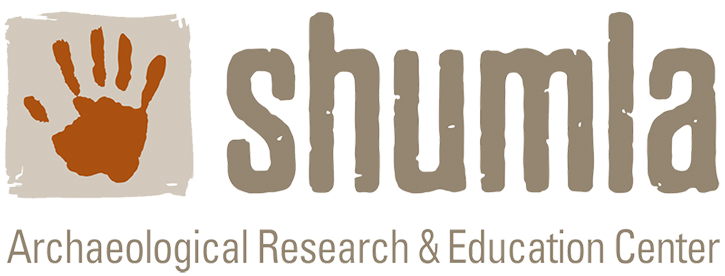
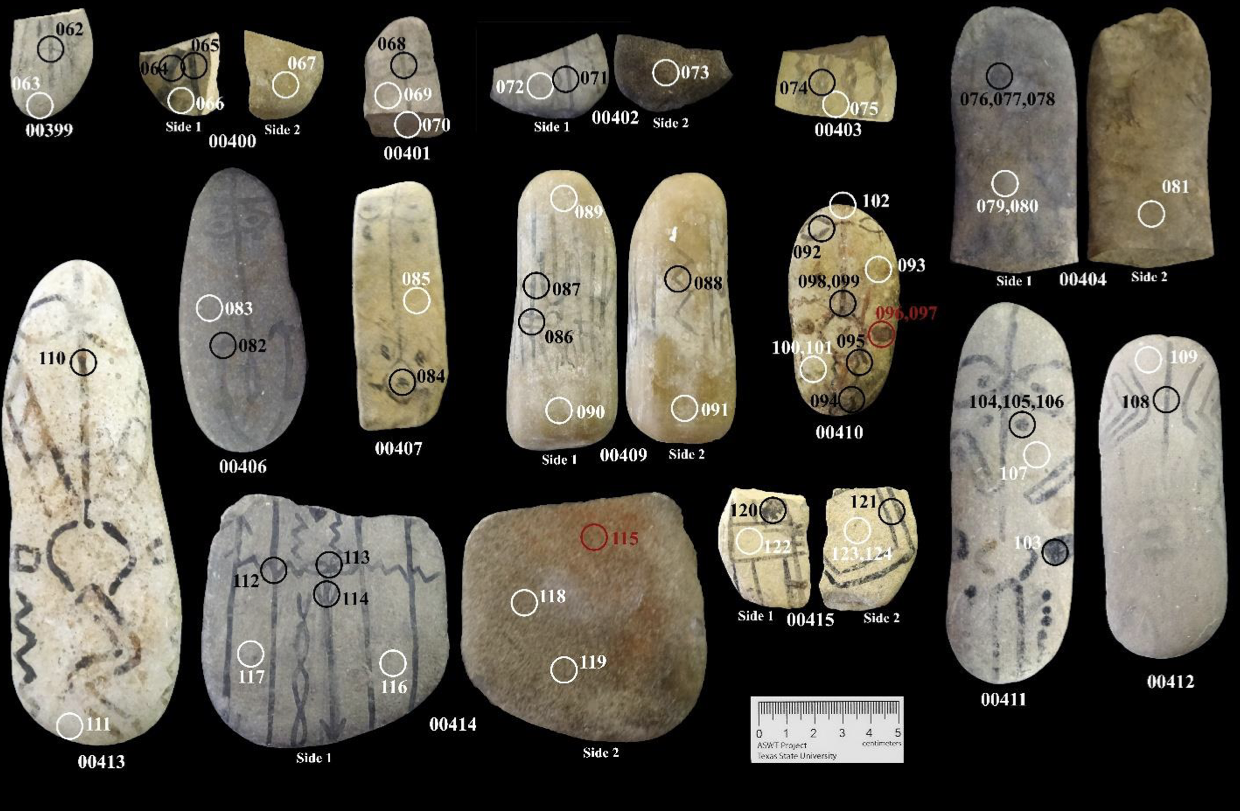
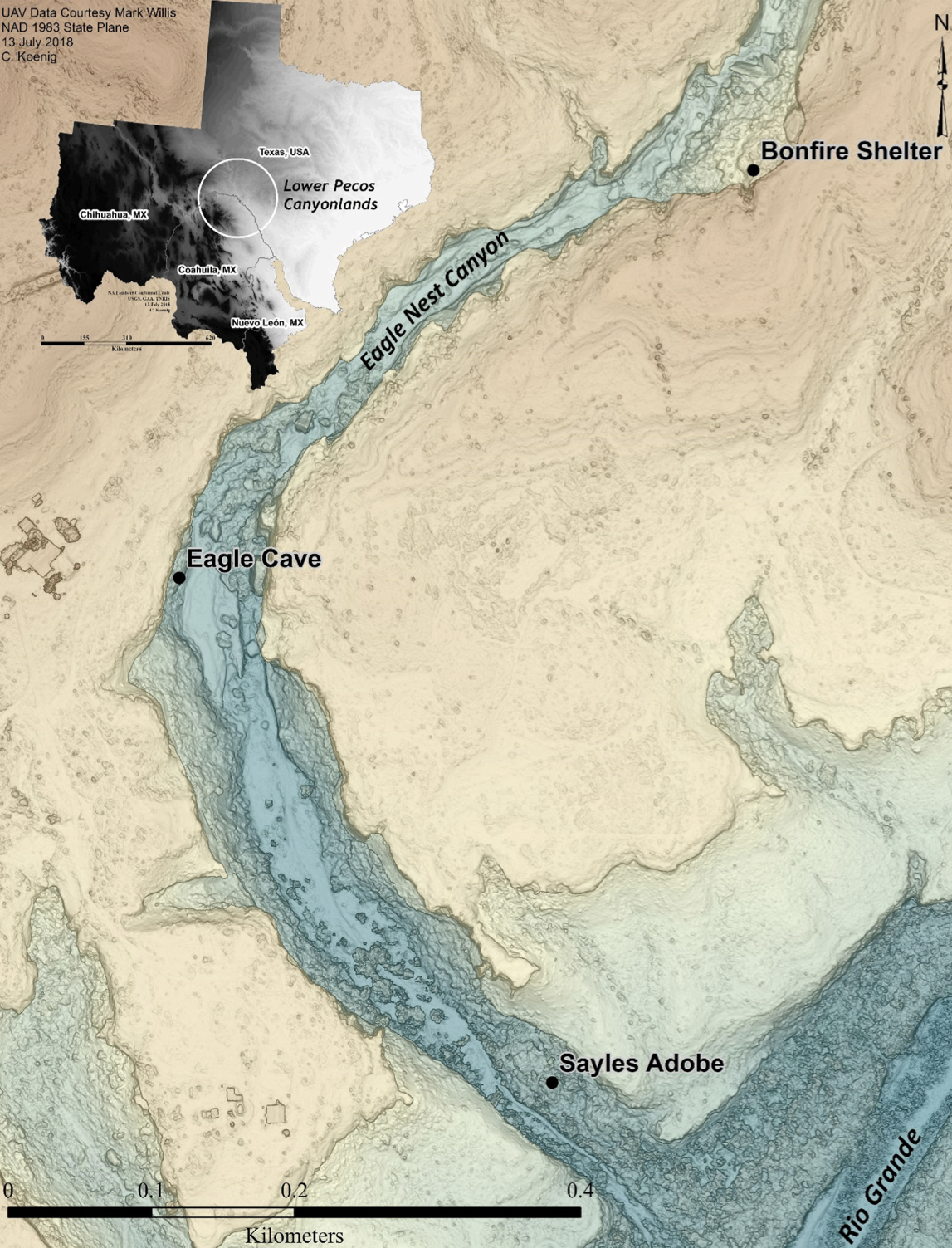

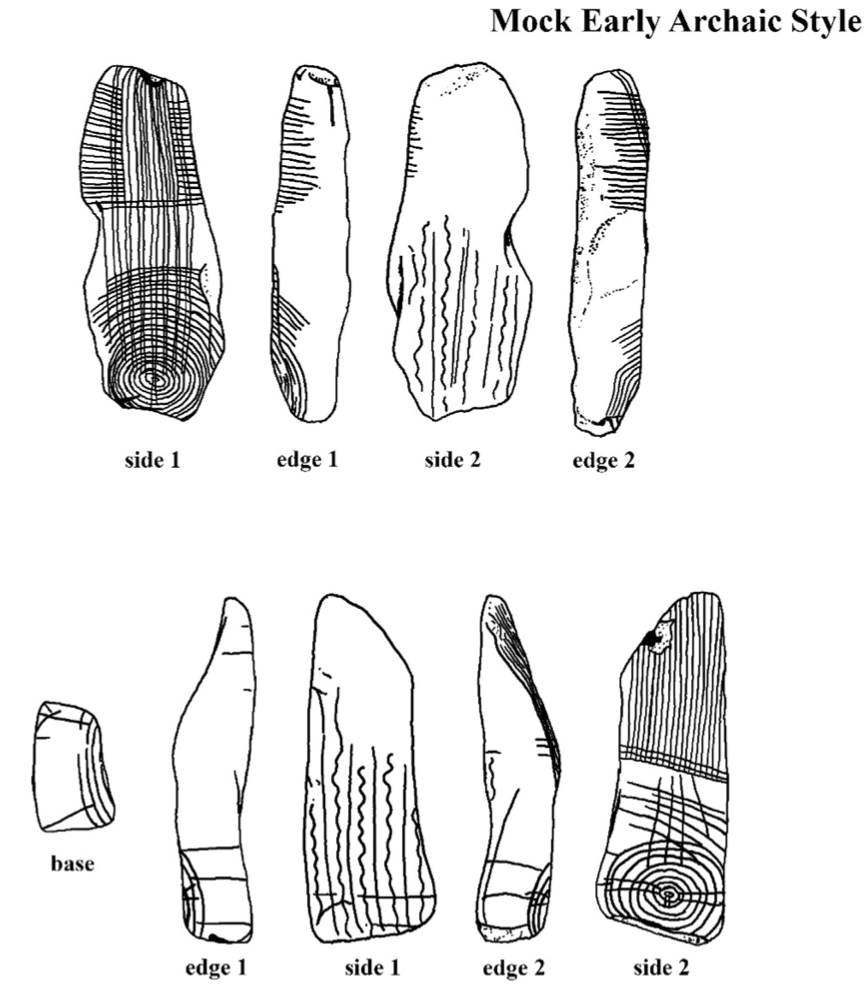
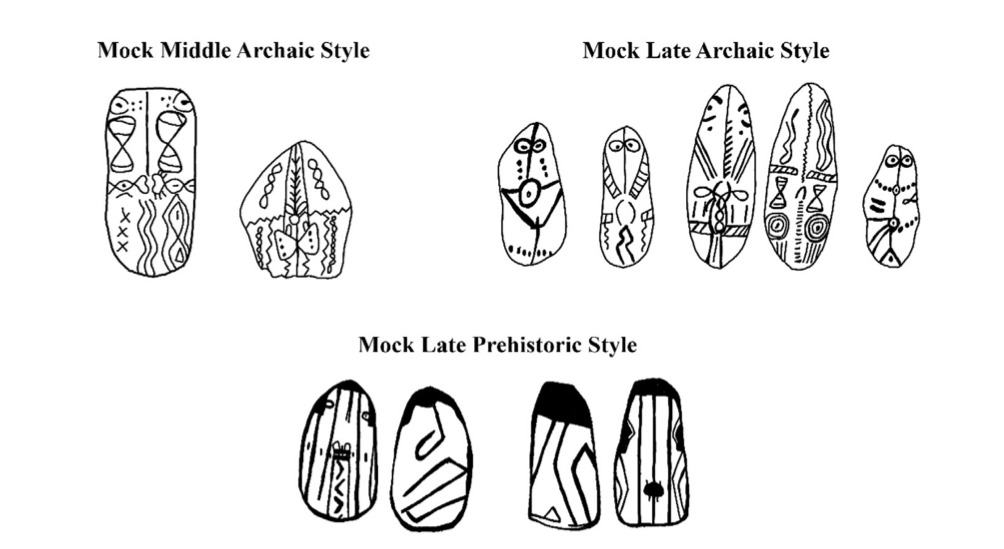
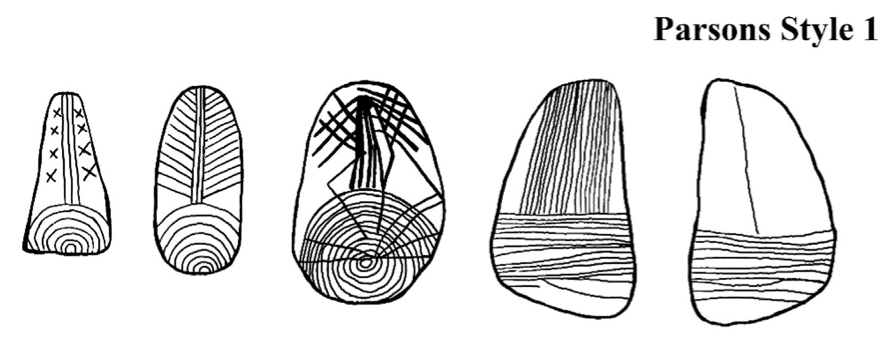
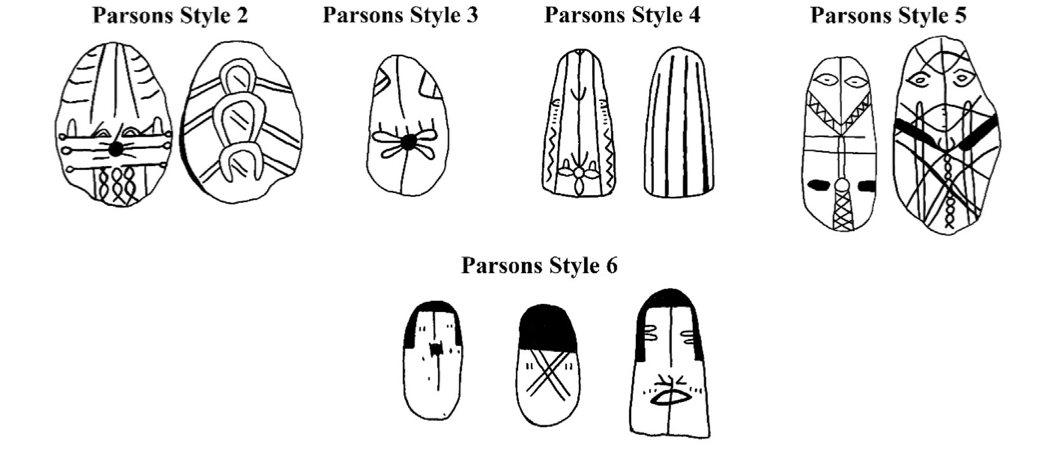
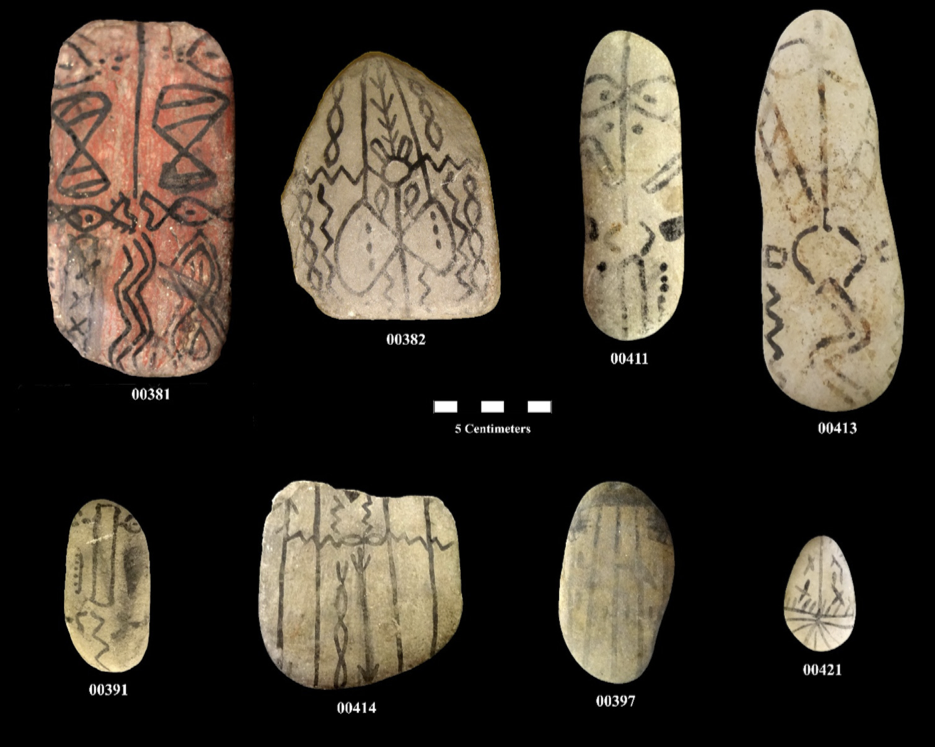
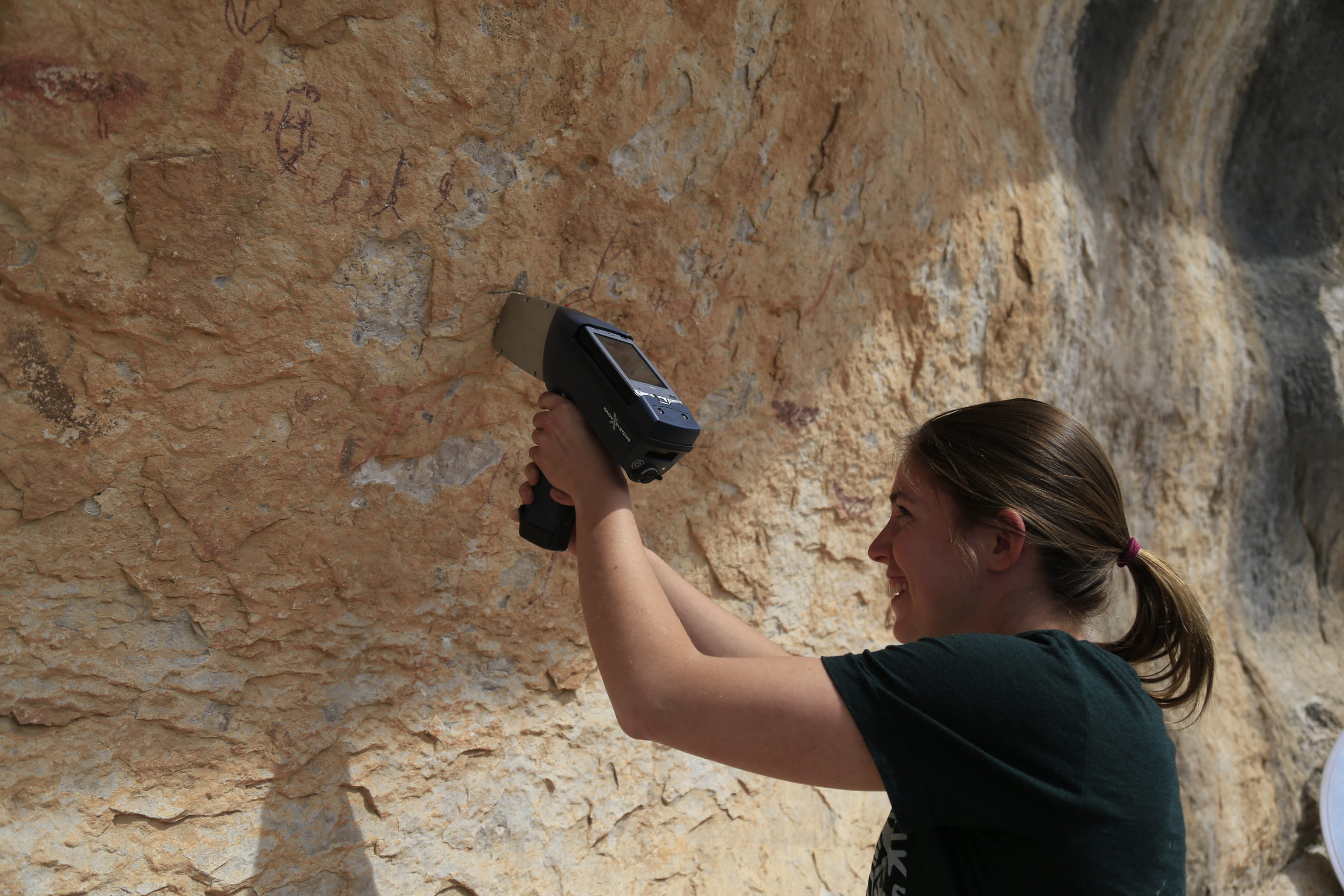
0 Comments